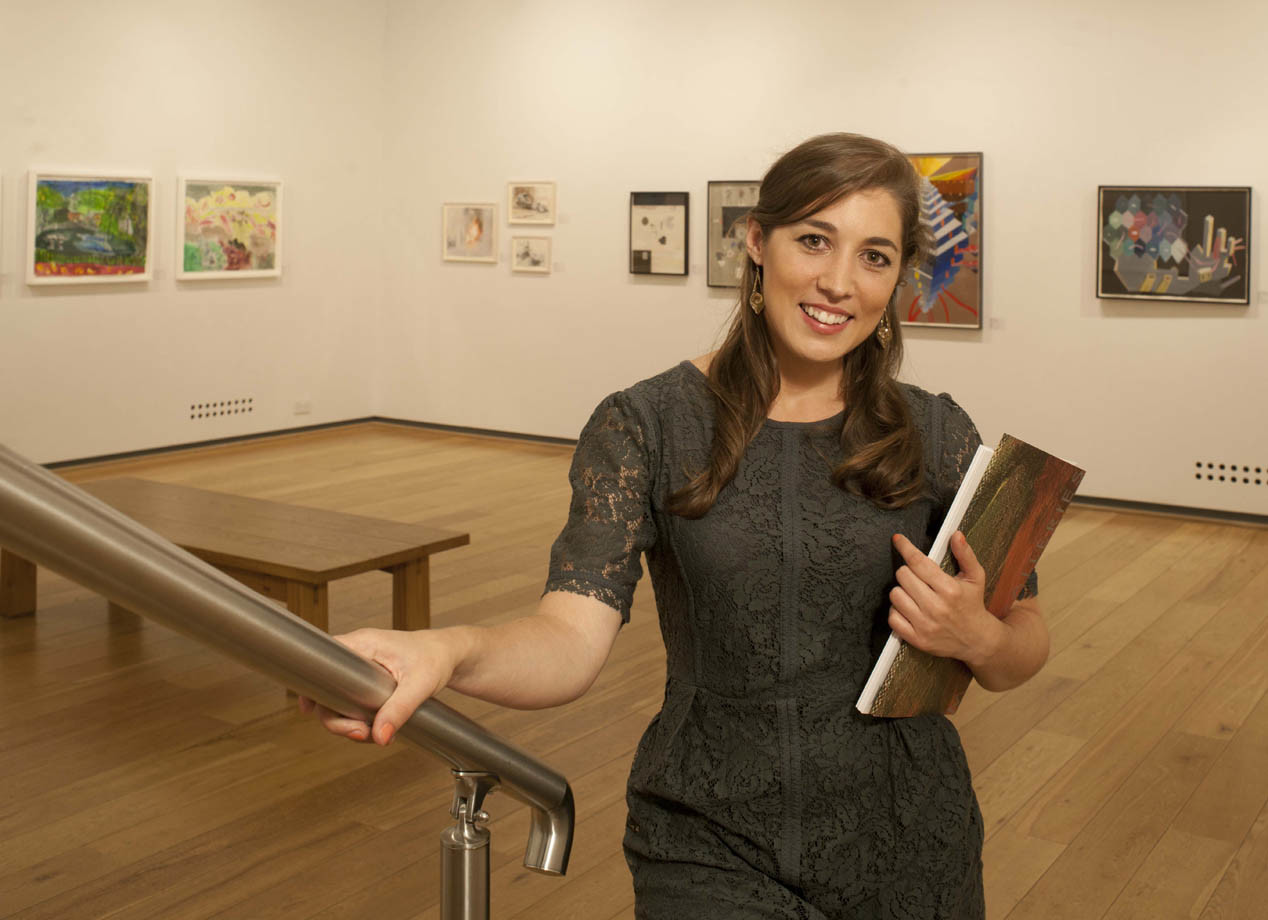Meet Anne Field
Creative Project Manager and Writer
Anne Field Consultancy
MA Art Business, London, 2009
Anne has worked on major publications with TransGlobe Publishing and Thames & Hudson including Art Studio America: Contemporary Artist Spaces (2013), Sanctuary: Britain’s Artists and their Studios (2012), Qatar: Realm of the Possible (2013) and Art & Patronage: The Middle East (2010). Anne served as the Project Manager of The Threadneedle Prize, one of the largest art prizes in the UK, and as a contributing writer of reviews for Culture 24. She planned and managed the exclusive Art & Patronage Summit in London (2012) and the ArtInsight & London Business School Seminars. Anne serves as a lecturer and seminar leader for the Sotheby’s Institute Art & Business semester courses and is currently working on a number of publications.
What does your job entail?
Though my role can vary widely depending on the project, I usually work on contemporary art or photography publications. For a project like Art Studio America, careful liaison with hundreds of well-known artists and galleries was necessary. We produce all of our own content, which means we need to ensure that we have engaging and well-researched interviews as well as excellent visuals with original locations and people. These projects require a lot of research, a lot of careful coordination, advanced planning, diplomacy, as well as quick and original thinking – particularly if you are at a photoshoot and something goes wrong.
What is the most rewarding aspect of your job?
The most rewarding aspects of the job are meeting new people and discovering new locations. I had never been to Qatar before working on a book on the country and found it to be an amazing experience. I love that my job changes regularly so I have the opportunity to always learn something new and to interact with people across the art world – not just an auction house or a dealer or artist or collector – but interacting with all of these
In what ways does the master’s degree program that you took at Sotheby’s Institute help you in your current role?
When I look back at the knowledge I had of the art world before the course and after the course, the change and growth was dramatic. The Sotheby’s Institute MA Art Business program prepared me in practical ways to work in the arts, but it also helped me learn to connect with people within the industry. Our instructors and the program administrators encouraged us to speak with visiting lecturers and specialists in the field, to interact at art events, take tours and attend openings. My friends from the program are doing really interesting things in the arts and now form part of my network.
Drawing on your own experience, what advice would you give to people hoping to start a career in the art world?
The key is perseverance. Working in the arts is not easy even if you have the most fabulous connections in the world. Speak to as many people as possible, learn, go to events, and show your enthusiasm for your subject. The art world is designed to be exclusive on various levels so don’t get too discouraged if you get shut down by someone as it happens to everyone at some point. Polite perseverance can go far if people feel you have a genuine interest in the arts or what they do.
What was it about the program that made you decide to take a master’s degree at Sotheby’s Institute of Art?
I wanted to return to the art world, after studying art history in undergrad, and apply the skills I’d learnt from working in business and marketing to the arts. The Sotheby’s Art Business program was the only program that matched my interests so it was the only graduate degree I applied to! I’d also had a friend take the Sotheby’s Institute MA Art Business course before and she highly recommended it. These factors, paired with my desire to live in London, helped me decide to attend the Sotheby’s Institute MA course in London.
How did the Institute support you in your career development?
During the program the professors and administrators regularly suggested gallery openings, art events and Sotheby’s organised events. We were always encouraged to meet people, and job or internship opportunities were sent around to students – some exclusively posted for Sotheby’s Institute students. Also, the name Sotheby’s Institute opens doors. When I interviewed collectors and dealers for my dissertation, one interviewee admitted that he had agreed to the interview because I had mentioned Sotheby’s Institute. The name does carry with it some prestige that can help in your career development.
Do you draw on the Alumni network in your current role?
The alumni network is one of the biggest strengths of the program and I still keep in touch with so many friends from SIA. Some of them work in galleries or even own galleries, and some of them work for auction houses, collectors, or museums.
How should a new student make the most of their time at Sotheby’s Institute?
Make the most of your time at Sotheby’s Institute by learning and talking to everyone. Get to know the speakers, visit galleries and museums regularly (get on their mailing lists), try to grow and gain experience in internships, and get to know all of your SIA classmates.
